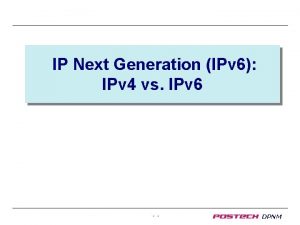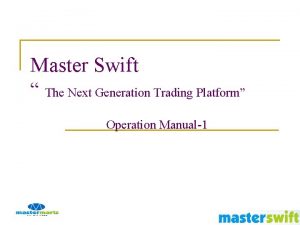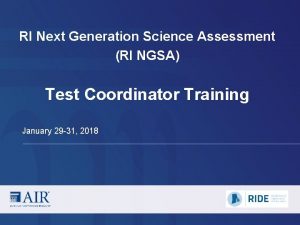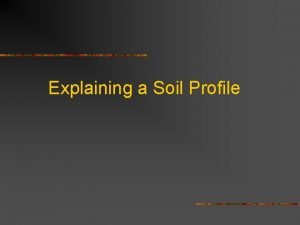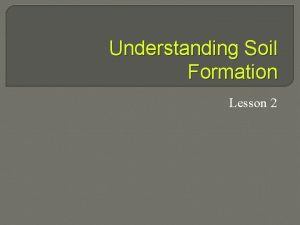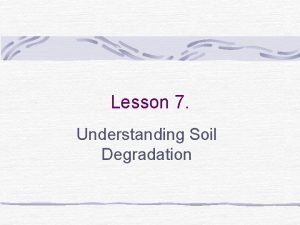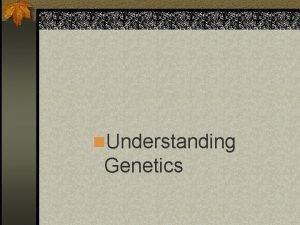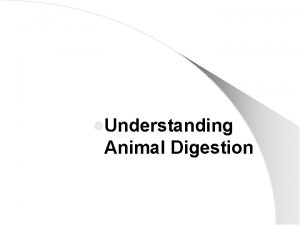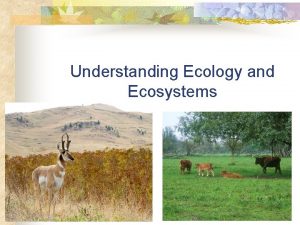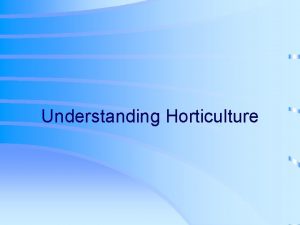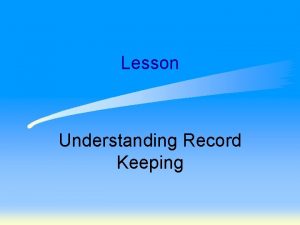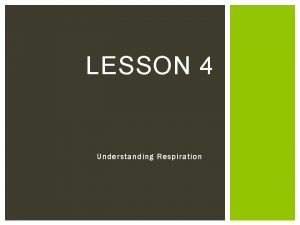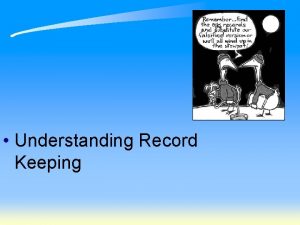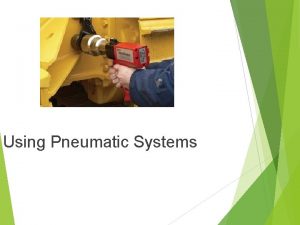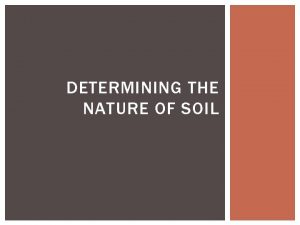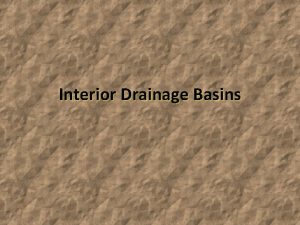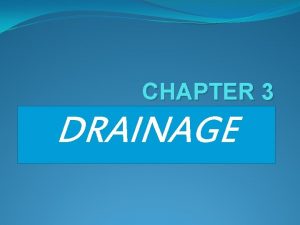Understanding Soil Drainage Systems NEXT GENERATION SCIENCECOMMON CORE









































- Slides: 41

• Understanding Soil Drainage Systems

NEXT GENERATION SCIENCE/COMMON CORE STANDARDS ADDRESSED! • CCSS. ELA Literacy. RST. 9‐ 10. 1 Cite specific textual evidence to support analysis of science and technical texts, attending to the precise details of explanations or descriptions. • CCSS. ELA Literacy. RST. 9‐ 10. 5 Analyze the structure of the relationships among concepts in a text, including relationships among key terms (e. g. , force, friction, reaction force, energy). • CCSS. ELA Literacy. RST. 11‐ 12. 2 Determine the central ideas or conclusions of a text; summarize complex concepts, processes, or information presented in a text by paraphrasing them in simpler but still accurate terms. • CCSS. Math. Content. HSGCO. D. 12 Make formal geometric constructions with a variety of tools and methods (compass and straightedge, string, reflective devices, paper folding, dynamic geometric software, etc. ). Copying a segment; copying an angle; bisecting a segment; bisecting an angle; constructing perpendicular lines, including the perpendicular bisector of a line segment; and constructing a line parallel to a given line through a point not on the line

AGRICULTURE, FOOD AND NATURAL RESOURCE STANDARDS ADDRESSED! • ESS. 03. 02. Apply soil science and hydrology principles to environmental service systems. • ESS. 03. 02. Apply soil science and hydrology principles to environmental service systems.

BELL WORK! 1. Identify the soil characteristics that effect soil drainage. 2. Explain what needs to be considered when designing a drainage system. 3. Identify the different types of soil drainage systems.

TERMS Hydraulic gradient Natural drainage Normal water surface Siltation Soil depth Soil permeability Topographic position Velocity

INTEREST APPROACH • Ask students the question, “What determines how fast water will flow through a funnel? ” Relate their answers about the funnel to soil and different soil textures. Explain how these different textures cause a variety of pore sizes in the soil. NOTE: Generally soil drainage is not a problem in most of NM except during the rainy season. Standing water is detrimental to crop production.

WHAT SOIL CHARACTERISTICS EFFECT SOIL DRAINAGE? • New Mexico has a wide variety of soils, and each differs in some way from all others. Soil types can be grouped into categories of soils with like drainage. When building it is very important to consider soil type to built upon.

WHAT SOIL CHARACTERISTICS EFFECT SOIL DRAINAGE? • These categories are determined by using guidelines that are based upon field tests and upon past experience with drainage practices on various soils. Degrees of Drainage Would be: • Rapid-Moderate-Slow-Very Slow

WHAT SOIL CHARACTERISTICS EFFECT SOIL DRAINAGE? There are four main soil factors that affect the design of man-made drainage systems. These characteristics are: • Soil permeability • Natural drainage • Soil depth • Topographic position

WHAT SOIL CHARACTERISTICS EFFECT SOIL DRAINAGE? • Soil Permeability: or hydraulic conductivity is the rate at which water will move through the soil. • • It is measured in inches per hour. Natural Drainage: is the degree of wetness before any drainage practices have been applied.

WHAT SOIL CHARACTERISTICS EFFECT SOIL DRAINAGE? • Soil Depth: refers to the depth of the soil profile from topsoil to subsoil. • Topographic Position: refers to the slope of the land other physical features.

WHAT NEEDS TO BE CONSIDERED WHEN DESIGNING A DRAINAGE SYSTEM? • To meet design requirements, a drainage system must have an outlet of adequate capacity, depth, and stability. If the outlet is inadequate, the effectiveness of the entire drainage system can be greatly reduced or lost.

WHAT NEEDS TO BE CONSIDERED WHEN DESIGNING A DRAINAGE SYSTEM? There a number of items that must be considered when designing a drainage system to be certain that it will work properly. Some of them are: - Capacity - Velocity - Hydraulic gradient - Channel depth - Cross section

CAPACITY • Crops can tolerate a limited amount of flooding or ponding but this should not be for longer than 24 to 48 hours. • To determine what the capacity of the outlet channel must be to remove water quickly enough, a producer can either calculate flood routings of the drainage area or refer to a drainage curve similar to the one shown in TM: A 2– 6 F.

CAPACITY On the following chart, the curves show the rate of discharge that will provide a certain level of drainage in the watershed area.


VELOCITY • • The velocity or speed of the water flow must be high enough to prevent siltation in the channel but low enough to avoid erosion. Siltation is the deposition of particles suspended in water. On average the velocity should be no lower than 1. 5 feet per second. A lower velocity will cause siltation, which encourages moss and weed growth and reduces the cross section of the channel.

HYDRAULIC GRADIENT • Hydraulic gradient represents the surface of the water when the outlet channel is operating at its design flow. • The hydraulic gradient for the channel should be determined from control points such as the elevation of low areas served by the channel and the hydraulic gradients of tributary ditches.

CHANNEL DEPTH • Channel depth - an outlet channel that receives water from subsurface drains. • should be designed to keep the normal water surface one foot below the bottom of the subsurface drain. • Normal surface water is defined as the elevation of the usual flow during the growing season.

CROSS SECTION • The design cross section of the outlet channel should meet the combined requirements of capacity, velocity, depth, side slopes, and bottom width. • The side slopes should be stable, meet maintenance requirements, and be designed according to site conditions.




WHAT ARE THE DIFFERENT TYPES OF SOIL DRAINAGE SYSTEMS? • There are two basic soil drainage systems. • • Surface drainage Subsurface drainage.

SURFACE DRAINAGE • Surface drainage is the removal of water that collects on the land surface. • A surface drainage system consists of shallow ditches and should include land smoothing or land grading.

SURFACE DRAINAGE This type of system is suitable for all slowly permeable soils. The rate at which water is removed by surface drainage depends on several interrelated factors, including rainfall, soil properties, and cropping patterns.

SUBSURFACE DRAINAGE • • Subsurface drainage is where the soil is permeable enough to allow economical spacing of the drains and productive enough to justify the investment. A complete subsurface drainage system consists of a surface or subsurface outlet and subsurface main drains and laterals.

SUBSURFACE DRAINAGE Water is carried into the outlet by main drains, which receive water from the laterals. The system will function only as well as its outlet. Four basic patterns are used in the design of subsurface drainage systems.

SUBSURFACE DRAINAGE It is important for the producer to select the pattern that best fits the topography of the land, that can be located near enough to the sources of excess water, and that is suited to other field conditions.

SUBSURFACE DRAINAGE The four patterns are: - Random - Parallel - Herringbone - Double Main


RANDOM • • • The random pattern is suitable for undulating or rolling land that contains isolated wet areas. The main drain is usually placed in the swales rather than in deep cuts through ridges. The laterals in this pattern are arranged according to size of the isolated wet areas.

PARALLEL • • • The parallel pattern consists of parallel lateral drains located perpendicular to the main drain. The laterals in the pattern may be spaced at any interval consistent with site conditions. This pattern is used on flat, regularly shaped fields and on uniform soil.

HERRINGBONE • • • The herringbone pattern consists of parallel laterals that enter the main at an angle, usually from both sides. The main is located on the major slope of the land, and the laterals are angled upstream on a grade. This pattern is often combined with others to drain small or irregular areas.

HERRINGBONE Its disadvantages are that it may cause double drainage and that it may cost more than other patterns because it contains more junctions. However, it can provide the extra drainage needed for the less permeable soils that are found in narrow depressions.

DOUBLE MAIN • • • The double main pattern is a modification of the parallel and herringbone patterns. It is applicable where a depression divides the field in which drains are to be installed. A pattern is also chosen where the digressional area is wet because of seepage coming from higher ground.

DOUBLE MAIN Placing a main on each side of the depression serves two purposes. The main intercepts the seepage water. It provides an outlet for the laterals.


REVIEW/SUMMARY Illinois has a wide variety of soils, and each differs in some way from all others. Soil types can be grouped into categories of soils with like drainage. To meet design requirements, a drainage system must have an outlet of adequate capacity, depth, and stability.

REVIEW/SUMMARY If the outlet is inadequate, the effectiveness of the entire drainage system can be greatly reduced or lost. There are two basic soil drainage systems. They are surface drainage and subsurface drainage.

THE END!
 X.next = x.next.next
X.next = x.next.next First generation antipsychotics
First generation antipsychotics God you are good and your mercy endureth forever
God you are good and your mercy endureth forever Living soil vs dead soil
Living soil vs dead soil Four major spheres of the earth
Four major spheres of the earth Palo alto networks next generation security platform
Palo alto networks next generation security platform Next generation wireless communication market
Next generation wireless communication market Ncsbn clinical judgement model
Ncsbn clinical judgement model Intelligence driven defense
Intelligence driven defense Next-generation smart contracts
Next-generation smart contracts Vaccine therapy
Vaccine therapy Vendor management matrix
Vendor management matrix Next generation learning platform
Next generation learning platform Sinkhole palo alto
Sinkhole palo alto Next generation text service
Next generation text service Next generation nclex
Next generation nclex Next generation electrical technologies
Next generation electrical technologies Next gen emr
Next gen emr Ip next generation
Ip next generation Next generation backup
Next generation backup Educating the next generation of leaders
Educating the next generation of leaders Konsep ngn
Konsep ngn Next generation content management system
Next generation content management system Next gen math standards
Next gen math standards Next generation trading platform
Next generation trading platform Next generation learning challenges
Next generation learning challenges Next generation enterprise network
Next generation enterprise network Foothill deca
Foothill deca The next generation
The next generation Deca prepares the next generation to be
Deca prepares the next generation to be Olga v. pettersson
Olga v. pettersson Next generation science standards california
Next generation science standards california Nys ela standards next generation
Nys ela standards next generation Struttura pnrr
Struttura pnrr The next generation
The next generation Next generation sequencing methods
Next generation sequencing methods Tonio thomas
Tonio thomas Onestart iu
Onestart iu Next generation access control
Next generation access control Usage control model
Usage control model Next-generation digital services
Next-generation digital services Ngsa ride
Ngsa ride


















